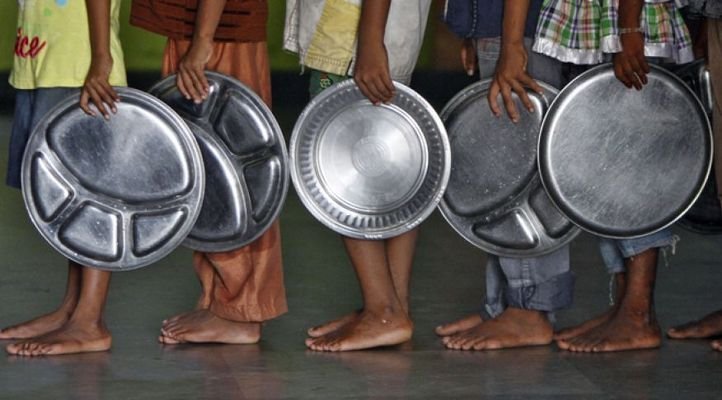India accounts for the highest number of undernourished people in any single country — 194.6 million. In other words one in every four undernourished people in the world is an Indian. The UN’s Food and Agricultural Organisation released the State of Food Security in the World 2015 report on May 27.
According to a TOI report, the number of undernourished people has fallen by 216 million from 1990-92 to 2015, down from just over a billion to 795 million globally. However, India’s contribution to this number is minimal, with its numbers down only by 15.5 million.
India has now overtaken China, which has cut its number by 155.2 million. China’s massive reduction means that South East Asia contributed the most to the global decline.
India has missed both the Millennium Development Goals (MDG) set by the UN and the goals laid out at the World Food Summit (WFS) 1996 when governments agreed to having the absolute number of undernourished people by 2015. Of the 172 countries that were being monitored, 29 including Nepal met the WFS goal.

The highest burden of hunger in absolute terms was found to be in South Asia, despite the fact that both India and China contributed to the overall hunger reduction in developing countries. Estimates for 2014-16 suggest that approximately 281 million people were undernourished in South Asia, marking only a slight reduction of 10 million from the number in 1990-92 of 291 million. The slow reduction in India had a particular influence on the figures of the entire region.
The notable exceptions in the region were Bangladesh and Nepal. Bangladesh has reached the MDG target with the National Food Policy framework adopted in the mid-2000s being given the credit for this achievement. Nepal achieved both MDG as well as WFS target and is inching towards bringing it down to less than five per cent of the population. In India, the undernourished constitute just over 15 per cent of the population.
India’s lack of progress has remained a puzzle. Explanations offered for the inconsistency between food consumption and income levels in India ranged from increasing inequalities, to poor data, to the challenges of capturing the changing energy requirements of the population. Calorie consumption being lower than what per capita incomes and poverty rates would suggest remained inexplicable, the report noted.
Read more:

















